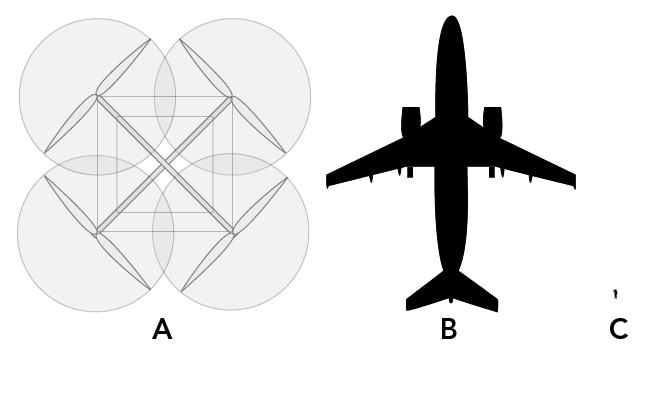The Hovering Human

AeroVelo's winning flight (AeroVelo)

AeroVelo's winning flight (AeroVelo)
6.60
How does this align with my curriculum?
Curriculum Alignment
NU
6
K-6 Science and Technology Curriculum (NWT, 2004)
Matter and Materials: Properties of Air and Characteristics of Flight
NT
6
K-6 Science and Technology Curriculum (NWT, 2004)
Matter and Materials: Properties of Air and Characteristics of Flight
AB
5
Science 5 (2023)
Energy: Understandings of the physical world are deepened by investigating matter and energy.
PE
6
Integrated Curriculum Grade 6: Science (Draft 2023)
DK 1.4: Various forces and factors enable flight and exciting ways of traveling through the air.
